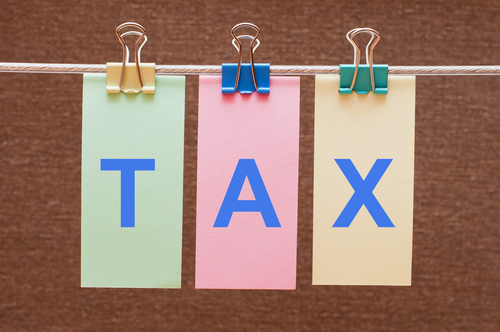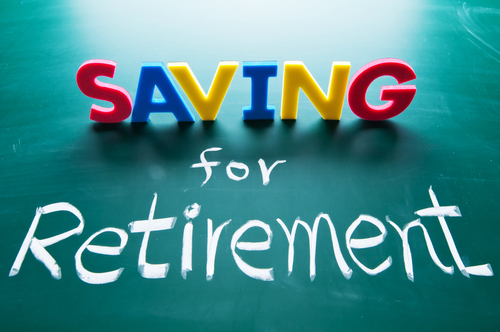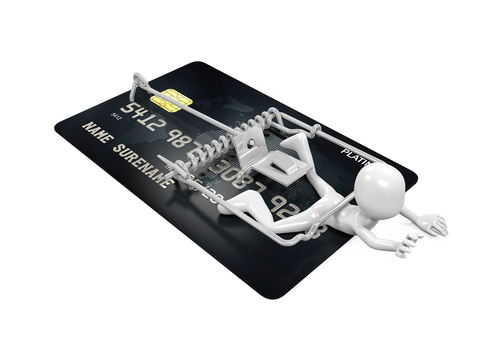Whether you’re an entrepreneur, small business owner, or a working professional, you may not realize that a lot of your time goes into managing your money. Keeping track of your income and expenses, filing taxes, recording tax returns, and other financial issues are a regular part of any job or business.
Various studies have found that most entrepreneurial enterprises and small business do not survive beyond five years and health care laws like the ACA do not help, ridiculous rules imposed by the thuggish EPA are terrible, high taxes, Dodd/Frank is another salient threat, and so on are certainly viable reasons why many business do not make it. While the reasons for closure can be many (and some strong reasons were just mentioned), a lack of suitable financial management happens to be one of the major reasons.
A certified personal accountant (CPA) is the solution to this aspect of having a business. A personal accountant makes sure your financial data is correct and updated at all times, helping you focus on your business, marketing, development, and/or jobs without worrying about managing your money.
Still not convinced? Here are five reasons why you need a CPA for your accounting and taxes.
Tax laws and compliance are not simple
Admit it or not, but comprehending taxes is no mean feat. America’s tax code is a disgrace but certain groups, want it to remain complicated so we have to depend on others to operate. The tax code should be simple and should be able to be completed with 5th grade math in about 15 minutes (most of that time involved in just organizing your paperwork – 2 minutes for the actual arithmetic if that).
Taxes are mindboggling, confusing, and they keep changing frequently. Trying to stay updated on taxes while understanding all of it will take up a significant portion of your time and eat into your work schedule or family time. If you’re confused when filing your taxes or tax returns, you could either end up paying more than you should or you could be penalized.
A CPA is there to help you understand your taxes, and take care of it on your behalf. You can rest assured that your taxes will be filed correctly and on time. Giving you time to watch that amazing Transformers, Star Trek, Sicario, Horrible Bosses movie and so on.
Finances come in various forms
Your earnings aren’t just your salary or monthly income from your business. There are stock options, mortgages, capital gains, loan repayments, and several other things that make your earnings more complicated. Managing your loan repayments, stock dividends, along with your monthly income from your business or job are just too burdensome to deal with on your own. You could even end up filing the wrong taxes and attracting a penalty by the massive bureaucracy known as the IRS which is part of the swamp but is another topic.
A CPA is able to prevent this and helps you keep track of all your taxes – this is their profession and they take this serious. Whether you’re buying a house or investing in stocks, a CPA is your best friend in getting your taxes figured out. They can offer you advice and they more than pay for themselves.
You like tax credits, but don’t understand them
How much did you spend this past week? Uh….you don’t seem to remember. Now, how much did you spend in the past year? Those Chalupas at Taco Bell are delicious but how many did you buy in the past 6 months, year? You probably cannot count that high! OK, this is going a little too far but Taco Bell is fantastic.
If you like deductions or tax credits, you first have to remember what counts as a deduction and going to your favorite fast food joint such as Taco Bell, Wendy’s, McDonalds, and so on, you know the business who hires people that understand what you are saying, may or may not be eligible to be counted as a tax credit or a deduction.
This is when working with a CPA is certainly beneficial. An accountant will keep track of your income and expenditures throughout the year, and help you avoid paying more than you should by recognizing the deductions you’re eligible for. With the help of financial accountant, you could file the best tax returns.
You have multiple jobs
Times are challenging, and working only one job is seldom enough if you have a family to feed. More and more people are turning to side-jobs, be it bartending, freelancing, or working part-time at a supermarket. When you have multiple jobs and more than one source of income, your taxes will become more difficult.
Managing multiple forms and calculating different taxes is time-consuming, and not to mention confusing. To avoid chances of erring, get a CPA to handle your finances and help you out. And if she looks like Kate Veatch in Dodgeball then good for you but if your paperwork is tossed in a closet like Peter La Fleur’s was from the same movie that is pretty pathetic.
It’s best to avoid risks
Taxes are an area where it is best to be safe than sorry. You must have often heard that it does not take a genius to file taxes. While it may not take a genius, some help is definitely appreciated and beneficial when handling something this complex. One wrong move can result in penalty or additional fees, and the mess can take months to clean up.
Even if you consider yourself a risk-taker, it is best avoid taking these types of risks – even if you are an extreme athlete always looking for the next thrill or mighty challenge. A CPA ensures you’re safe and sound when it comes to understanding and filing your taxes, and also helps you save money.
Your financial health is crucial to your professional success. Hiring a CPA is an investment that leads to constant support and guidance so your finances are handled properly and you make the right moves based on the information and advice they offer you.










